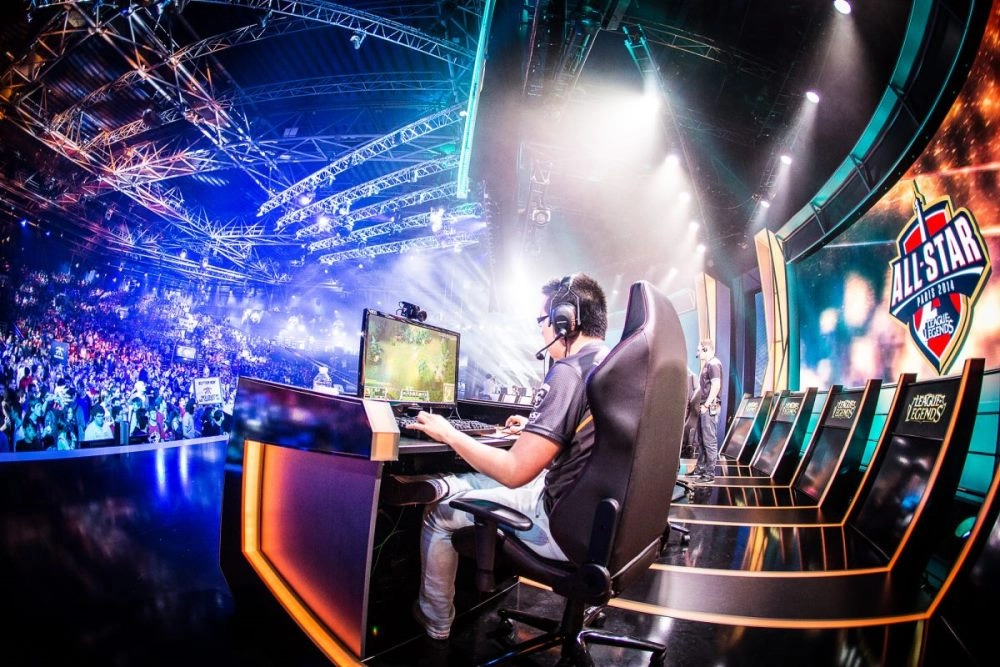
The Economics of Esports: How Tournaments Generate Profit
Esports has transformed into a multi-billion dollar industry, growing rapidly due to tournaments, sponsorships, and innovative business models. How do tournaments ensure steady profit and contribute to the global growth of esports? In this article, we explore the economic aspects that fuel this dynamic industry.
The Role of Tournaments in Generating Profit
Esports tournaments serve as the backbone of the industry, attracting the attention of audiences, sponsors, and investors. They generate high levels of viewer engagement, increasing the commercial potential through media rights, advertising, and sponsorship deals. Major tournaments like The International for Dota 2 or the League of Legends World Championship draw millions of viewers globally, which allows for substantial revenue generation through diverse revenue streams.
Commercial Broadcasting Rights and Advertising
Streaming platforms such as Twitch and YouTube have become central to esports by providing live broadcasts of major events. Organisers earn revenue through ads displayed during these broadcasts and by partnering with advertisers eager to reach the gaming community. Selling exclusive broadcasting rights to these events also creates a significant revenue stream from media partners. For instance, during the finals of major tournaments, viewership numbers often reach millions, thereby enhancing the commercial value of the event.
With advertising forming a core part of revenue generation, the organisers are able to increase the event’s visibility, attract more viewers, and thus command higher advertising fees. In addition, pay-per-view options for certain premium events have been introduced, creating an additional source of income. Streaming partnerships with tech giants also allow tournaments to reach global audiences, making them financially viable and sustainable in the long term.
Sponsorships and Partnership Deals
Sponsorship plays a crucial role in esports revenue generation, with major brands such as Intel, Coca-Cola, and Adidas actively investing in esports teams, events, and organisations. Sponsorship deals allow companies to market their products to the gaming audience, while tournament organisers use these funds to cover prize pools and operational expenses. For large tournaments, the majority of revenue is derived from sponsors, helping to sustain and expand the industry.
Strategic Alliances and Their Impact on Revenue
To enhance their reach and attract new investments, tournament organisers form strategic alliances with companies that have significant influence over the gaming audience. For example, partnerships between game developers and streaming platforms enhance revenue by attracting additional sponsors and advertisers, as well as by boosting viewership numbers. Strategic partnerships are also formed with hardware companies that often supply exclusive gaming equipment for tournaments, further promoting their brand visibility.
These alliances are mutually beneficial, as they enable sponsors to reach a target audience, while also providing organisers with the resources needed to ensure high-quality events. By aligning with brands that resonate with the gaming community, tournaments can maximize engagement and secure stable, long-term financial support.

The Influence of Merchandising and Ticket Sales
Beyond sponsorship and broadcasting rights, another significant income stream is ticket sales and merchandising. Hosting live tournaments with physical audiences allows organisers to earn revenue from ticket sales while also selling branded merchandise related to the tournament. For example, official merchandise from tournaments like ESL One or DreamHack is highly popular among fans eager to support their favourite teams and players.
Increasing Profitability Through Merchandise Sales
Merchandising is an integral part of the tournament business model. The sale of thematic products, such as team jerseys, posters, and branded accessories, not only generates revenue but also enhances brand recognition. Branded products become a key part of fan culture, strengthening the connection between audiences and esports organisations.
Esports tournaments often feature limited edition items or collaborations with well-known brands, creating an exclusive appeal. This exclusivity drives sales and provides fans with tangible ways to support their teams. Merchandise sales also serve as a promotion strategy, as fans wearing branded products become advocates, indirectly promoting the tournament and increasing its popularity. The income generated from merchandising is significant, enabling organisers to invest further in enhancing the quality and scale of future events.
Additionally, the sale of tickets to live events adds a personal element to the fan experience, further increasing revenue. With the rise in popularity of esports, ticket sales have become an essential part of the financial ecosystem, contributing to the success and sustainability of the industry as a whole. In conclusion, the economics of esports rely on a blend of strategic revenue sources, with tournaments acting as the main drivers of growth and profit in this ever-evolving landscape.
